Professionalism
“Professionalism means consistency of quality.”
-Frank Tyger-
I believe that professionalism is a show of qualities a teacher does to show her seriousness about her work. It’s important because it shows who you are and it gives good impressions to people about you and professional you are in your work.
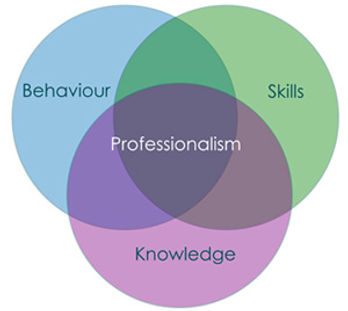
As a pre-service teacher, I had shown my professionalism during teaching practice by showing these qualities:
Punctuality and consistent attendance

During teaching practice, I would show my punctuality and consistent attendance by arriving at school and class on time. I would always make sure that I attend the morning assembly as it would make me feel more involved in the school community. In which it will also show my professionalism to my MST and the school stakeholders, and it would help me in communicating with students to build a great relationship that will lead to a better learning and working environment for the students and me.
Put the mouse on the picture to show the comments and click on the arrow to move to the next pictures.
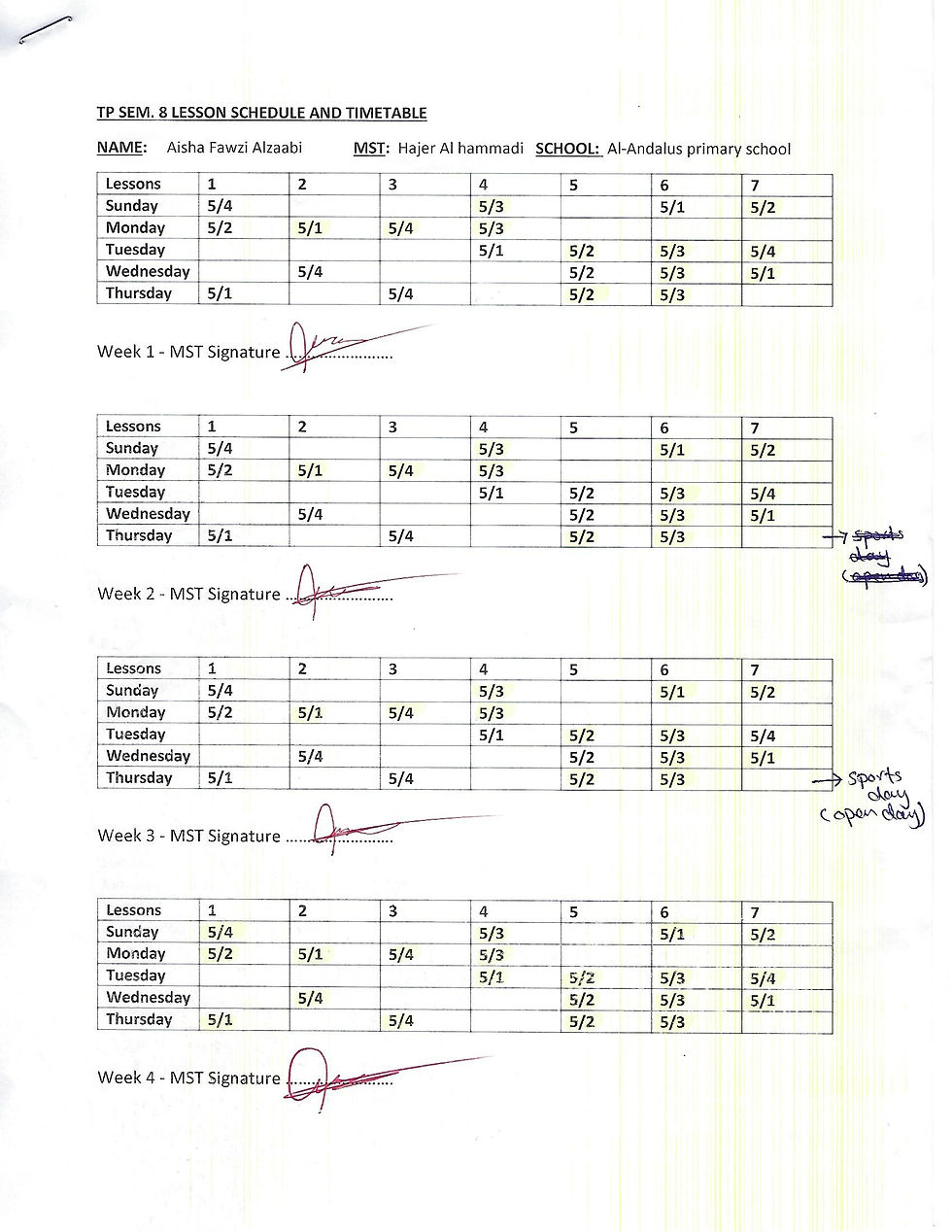
This is an attendance sheet for the classes that I taught signed by my MST, which shows my professionalism and punctuality.
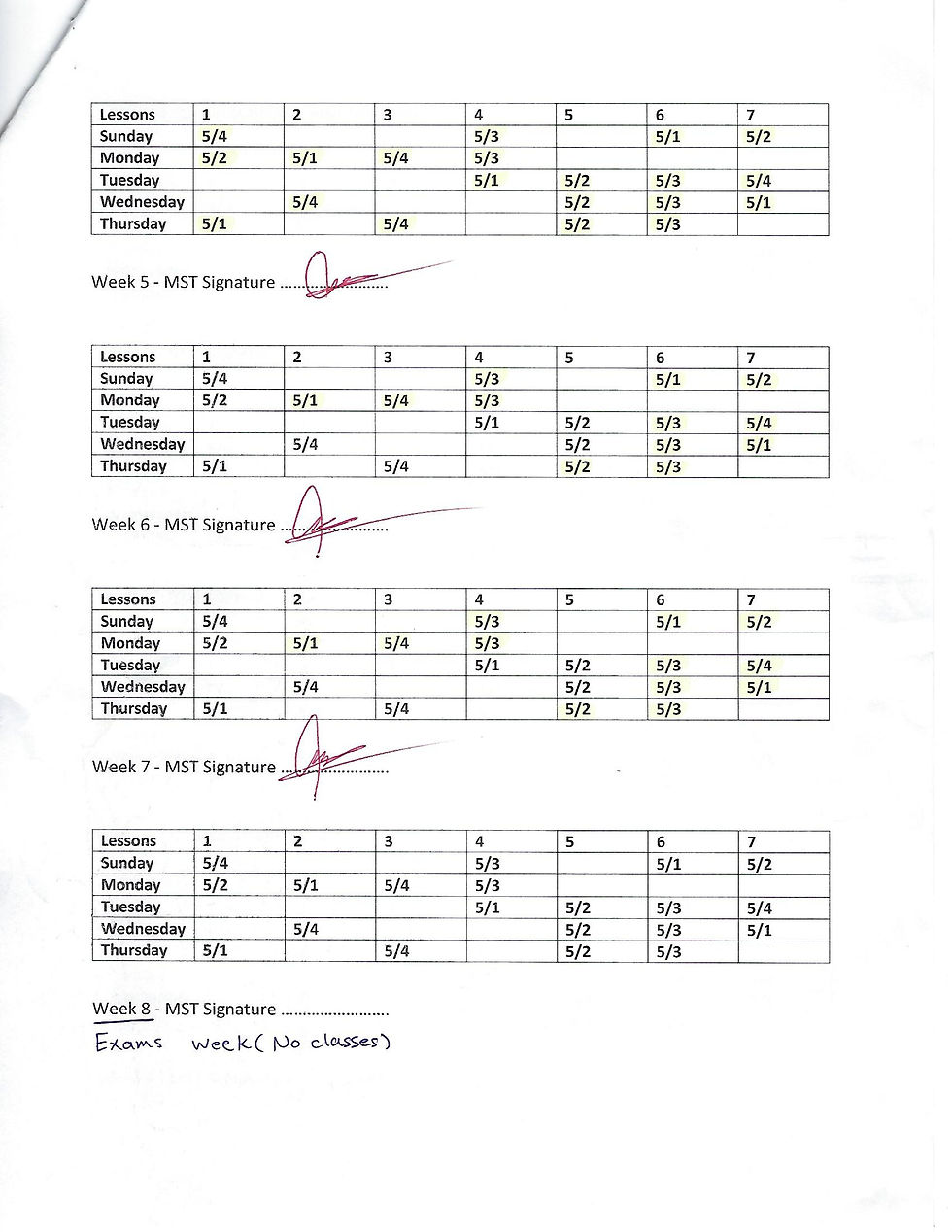

This photo shows the morning assembly, in which I attended it every day during the teaching practice.

This is an attendance sheet for the classes that I taught signed by my MST, which shows my professionalism and punctuality.
Organization and preparation

Organization and preparation, I would have my teaching schedule with me to know the periods that I will teach. Also, I would prepare the materials that are needed for the lesson. I always discuss with my MST the lessons, activities and the materials that I will use for teaching the lessons. When I wanted to participate in the school events, I will always make sure to prepare for the event beforehand. Doing this made come to school prepared an organized to do my work and to teach the students.
Put the mouse on the picture to show the comments and click on the arrow to move to the next pictures.

During teaching practice, I used this timetable to be organized and prepared for my lessons and classes, also to organize my working and teaching time.

I prepared for the lessons and the events by making notes.

During teaching practice, I used this timetable to be organized and prepared for my lessons and classes, also to organize my working and teaching time.
Communication, I would usually communicate with the school staff, different teachers, my MST, students and sometimes the principal. In which, we had a meeting with the principal to get more information about the school work and how does she cope with it as a stakeholder of the school, for me, it helped me a lot as she gave us a lot of advises about the challenges that we can face in the school. For example, she told us about how can we deal with an upset parent in which we should try to let them set first to calm down then we would ask them about the thing that upset them. Another thing that she told us about is how to professional in our work and that we should work to reach a higher performance or level and work on developing ourselves as teachers. Building positive relationships, I tried to improve my relationship with the school staff and the teachers, and during TP I had communicated with a different teacher. For example, Arabic and Islamic teacher for grade 5 and another administration staff.
A reading about relationship

Creating Dynamic Schools Through Mentoring, Coaching, and Collaboration: Chapter 1. Building Professional Relationships:
This book specifically in this chapter, discuss how to build professional relationships and why they are important and what is the purpose of it and the skills that it linked with it also how it would benefit you to deal with your colleagues. I think that this book would benefit me by knowing the ways and how can interact with the teachers also in how I could participate with them which in the end would improve my skills, also I could use strategies that this book suggested knowing how to improve my relationship with school staff (Judy F. Carr, 2005). I personally had benefit from this in which it gave me a better understanding of the importance of building relationships and how it would increase my professionalism.
Judy F. Carr, N. H. (2005). Creating Dynamic Schools Through Mentoring, Coaching, and Collaboration. Alexandria: ASCD.
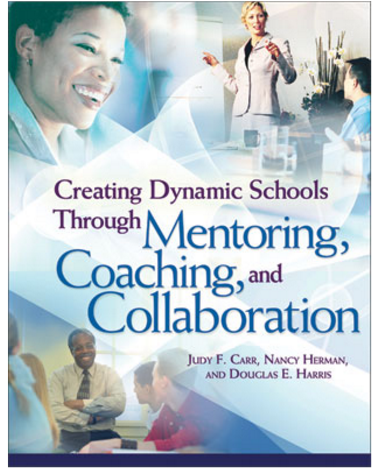
Positive attitude and participation

Positive attitude, I would show my MST a positive attitude towards teaching and learning in which I would respect and accept my MST feedback and any comments about my teaching. In which I was flexible with any changes that would happen during teaching practice either it to the classes schedule or anything that is related to the content that we are teaching. Participation, I would usually try to participate in school events and activities during teaching practice. Moreover, I attended a parents and an English teachers meeting with my MST. Because it will help me to experience how teachers interact with parents and what they would do during meetings. Also, I had helped my MST in doing the speaking and the listening test and in correcting mid-term exams and the Ministry exams.
Put the mouse on the picture to show the comments and click on the arrow to move to the next pictures.
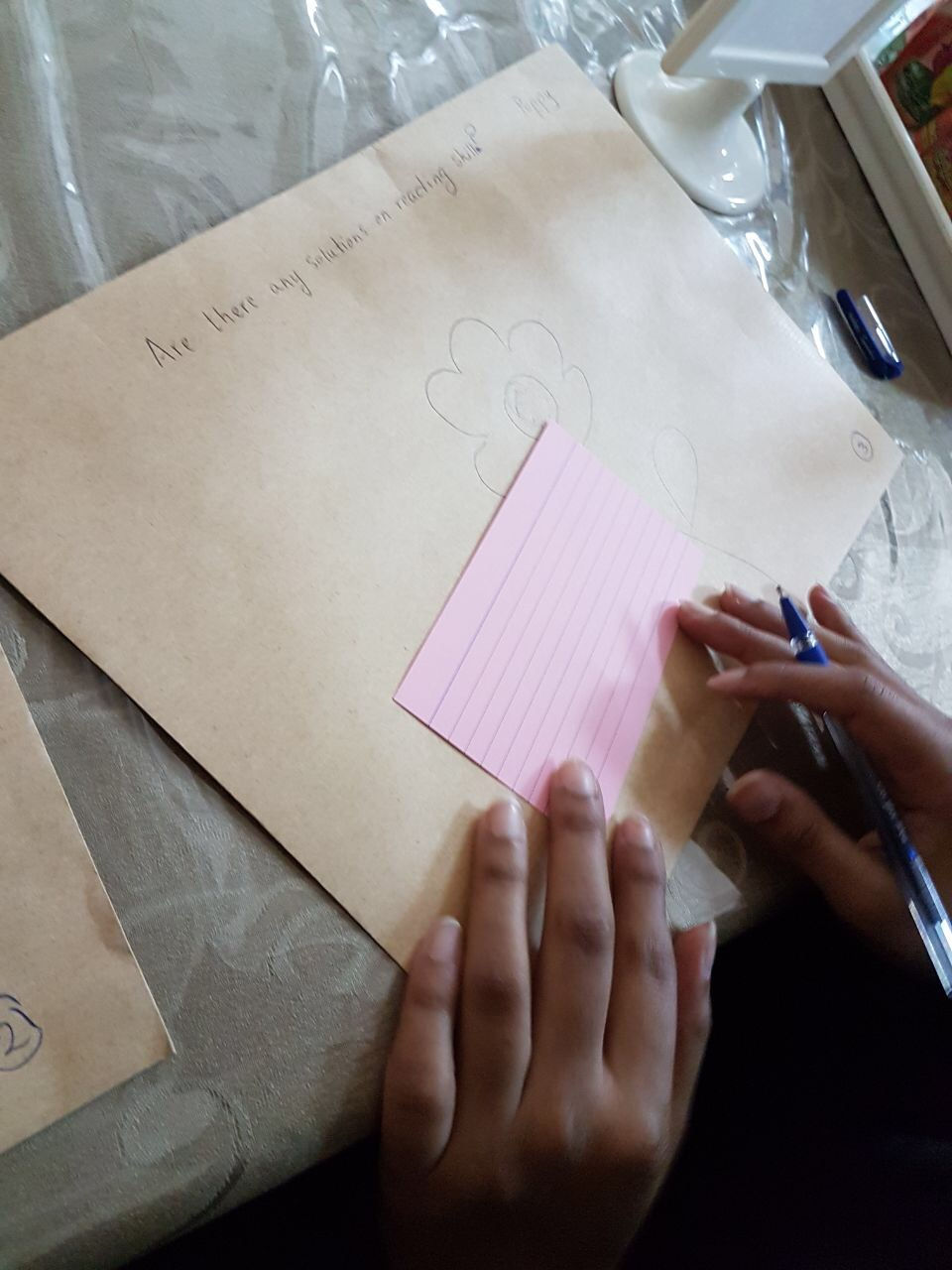
I attended this meeting with my MST and we had an activity, in which we wrote some suggestions to some issues that teachers face when the teach the students.
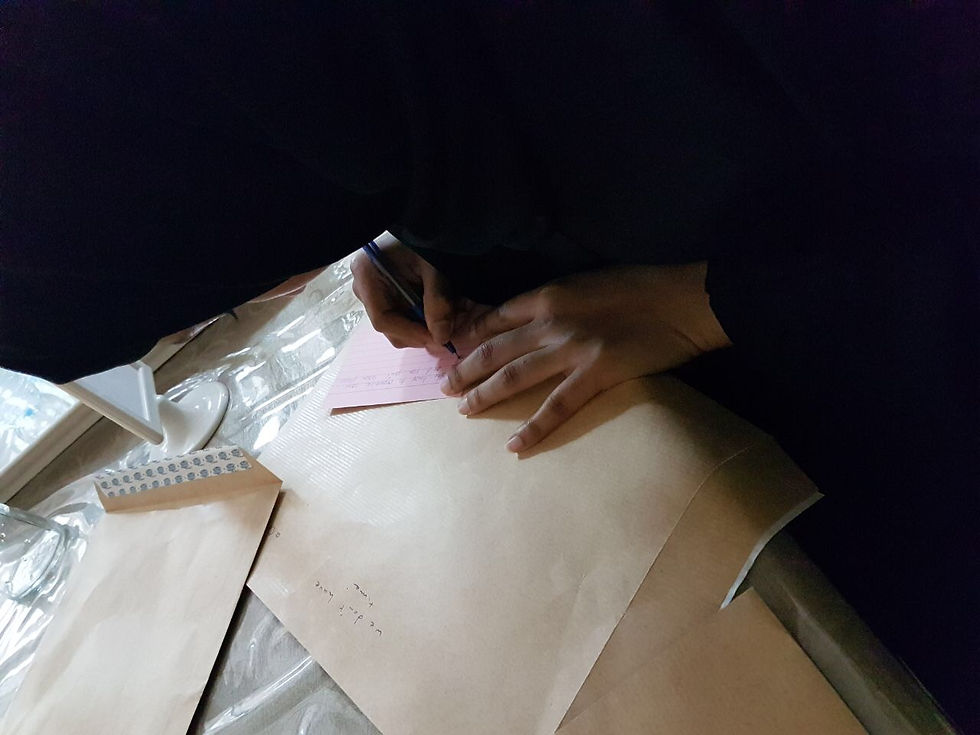

This is an example of the Ministry English exam.

I attended this meeting with my MST and we had an activity, in which we wrote some suggestions to some issues that teachers face when the teach the students.
Emotionally intelligent leadership

I have read some pages of this book to know more about the emotionally intelligent leadership model. First leadership is a rapport between the person himself (the leader) and the workers, the leader should lead and encourage workers to gain skills, improve their ability, and share knowledge. Second leadership development happen when you work on your development by critically reflecting on your successes and failures, observe people around you to give you more knowledge, creating a rapport that builds trust with people you respect and you know that they will give you a good and honest feedback, and lastly to establish the emotionally intelligent leadership you must implement your knowledge and what have you learned (Shankman & Allen, 2008 ).
Shankman, M. L., & Allen, S. J. (2008 ). Emotionally Intelligent Leadership : A Guide for College Students. San Francisco: Jossey-Bass.
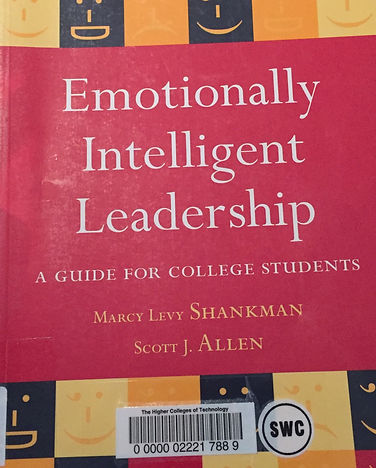

PDP goals
Click here to view the professional development goals that are related to professionalism.


